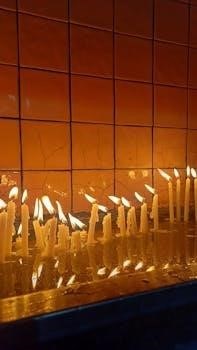Fellowcraft Degree Overview
The Fellowcraft degree, also known as the Second Degree in Freemasonry, is a significant step in a Mason’s journey. It builds upon the lessons of the Entered Apprentice degree, delving deeper into Masonic symbolism and philosophy. This stage focuses on intellectual and moral development.
Purpose of the Second Degree
The second degree, or Fellowcraft, aims to further the candidate’s understanding of Masonic principles. It transitions from the foundational knowledge of the first degree, focusing on the liberal arts and sciences as avenues for self-improvement and spiritual growth. The ritual emphasizes the importance of education, both in a literal and metaphorical sense. It encourages the pursuit of knowledge and the refinement of character. This degree also introduces symbolic tools which highlight the importance of labor and skill in achieving intellectual and moral perfection. The Fellowcraft degree serves as a bridge between the initial lessons of Freemasonry and the profound teachings of the Master Mason degree, encouraging a life of learning and virtue.
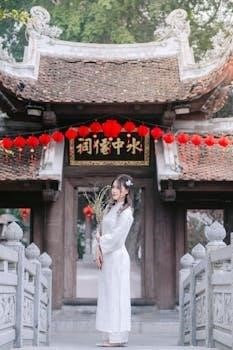
Duncan’s Masonic Ritual and Monitor
Duncan’s Masonic Ritual and Monitor is a resource which includes the Fellowcraft degree. It provides details about the ceremonies, lectures, and symbols associated with the Second Degree of Freemasonry.
Relevance to Fellowcraft Degree
Duncan’s Masonic Ritual and Monitor is particularly relevant to the Fellowcraft degree as it serves as a guide to understanding the specific rituals and teachings associated with this stage. It outlines the proper procedures, lectures, and symbolic interpretations that a candidate would encounter during their advancement to the Second Degree. The book aids in providing a comprehensive understanding of the ceremonies, obligations, and moral lessons of the Fellowcraft degree, ensuring that the candidate understands the significance of each aspect. It allows for a deeper appreciation of the symbolism and the philosophical foundations of Freemasonry during this pivotal stage in a Mason’s journey.
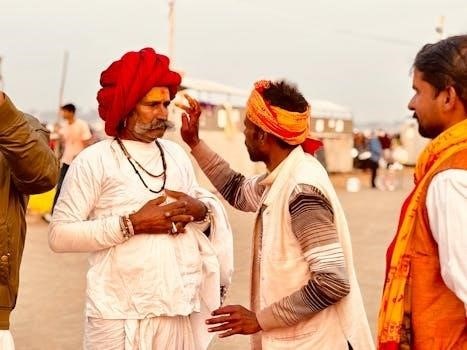
BPOE and Two-Degree Rituals
The Benevolent and Protective Order of Elks (BPOE) originally had a two-degree ritual system. This system included a second degree, which was later discontinued in 1890 by the Grand Lodge.
Discontinuation of Second Degree in BPOE
The Benevolent and Protective Order of Elks (BPOE) once incorporated a two-degree ritualistic structure, similar in some aspects to Freemasonry. However, the BPOE’s second degree was officially discontinued in 1890. This decision by the BPOE Grand Lodge effectively removed the second degree from their practices, transitioning the organization to a single-degree initiation process. This move altered the structure of their ritualistic experience, making it distinct from Masonic traditions that continue to uphold the significance of the second degree. Consequently, the BPOE now operates without the parallel of a ‘Fellowcraft’ equivalent.
The Winding Staircase
In the Fellowcraft degree, the winding staircase is a key symbol. It represents the journey of learning and moral ascent. There are seven steps, each with unique symbolic significance to the journey.
Symbolism in the Fellowcraft Degree
The Fellowcraft degree is rich in symbolism, designed to impart deeper understanding of Masonic principles. The winding staircase, a prominent symbol, represents the progressive journey of intellectual and spiritual growth. The seven steps of this staircase often allude to the liberal arts and sciences, indicating the diverse avenues of knowledge a Mason should explore. These symbols encourage reflection on personal development and the pursuit of wisdom, emphasizing the importance of continuous learning and self-improvement within the Masonic tradition; The symbolism throughout this degree seeks to elevate the candidate’s awareness of universal truths.
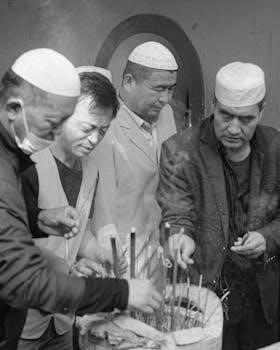
Second Degree Conferral
The conferral of the Second Degree is a significant event where a worthy Entered Apprentice is advanced. This ceremony involves ritualistic teachings and symbols, marking the candidate’s progression in Freemasonry.
Process and Significance
The process of conferring the Second Degree, often called the Fellowcraft degree, involves a ritualistic ceremony, where the candidate is taught further Masonic principles; It builds upon the foundation laid in the first degree, introducing new symbols and allegories. The significance of this advancement lies in the candidate’s intellectual and spiritual development, encouraging deeper contemplation of Masonic teachings. This degree marks the transition from learning the basics to actively engaging with the craft’s philosophical aspects. The candidate’s understanding of Masonic principles is tested and further developed throughout this significant ceremony, which is a crucial milestone in a Freemason’s journey.
Masonic Handshake
The Second Degree handshake involves a specific grip, with the thumb pressing against the base joints of the second and third fingers. It is a distinctive recognition signal among Fellowcraft Masons.
Description of Second Degree Grip
The grip associated with the Fellowcraft degree is a distinct form of hand clasp, serving as a means of recognition among those who have attained this level. It is not a typical handshake but rather a specific way of interlacing hands, where the thumb of one individual presses firmly against the base joints of the second and third fingers of the other person’s hand. This pressure point is a key feature, setting it apart from a standard greeting. The exact pressure and positioning are crucial for proper identification within the Masonic brotherhood. This unique handshake is a silent communication tool, reinforcing the bond and shared experience of having advanced to the Fellowcraft degree.
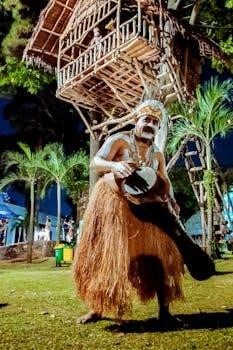
Masonic Degrees in Queensland, Australia
In Queensland, Australia, various Masonic orders and degrees are available beyond the basic Craft Lodge. These include additional bodies, offering further opportunities for Masonic education and fellowship.
Craft Lodge and Other Orders
The Craft Lodge, also known as the Blue Lodge, is the foundational structure of Freemasonry in Queensland, Australia. It confers the first three degrees⁚ Entered Apprentice, Fellowcraft, and Master Mason. Beyond the Craft Lodge, various appendant bodies and orders exist, providing Masons with opportunities to explore specific aspects of Masonic philosophy and ritual. These additional orders offer a deeper dive into symbolism and the teachings of the fraternity, enhancing the masonic experience for those who seek it, and allowing a more specialized focus within the broader masonic community. Masons can choose to participate in these based on personal interest.
Examination Process for Advancement
Advancing to the Second Degree requires an Entered Apprentice to undergo an examination. This process tests their understanding of the previous degree’s teachings and their readiness for further learning.
Requirements for Passing to Second Degree
To progress from Entered Apprentice to Fellowcraft, a candidate must demonstrate proficiency in the preceding degree’s work; This includes a thorough understanding of the obligations, lectures, and symbols associated with the Entered Apprentice Degree. The candidate will face an examination by the lodge members, testing their comprehension and commitment to Masonic principles. This evaluation ensures that only those who have genuinely grasped the initial lessons are permitted to continue their Masonic journey. Furthermore, the candidate is expected to show a positive attitude and engagement with the lodge, reflecting the qualities of a good Mason. The examination is a vital step, upholding the standards and traditions of Freemasonry.
